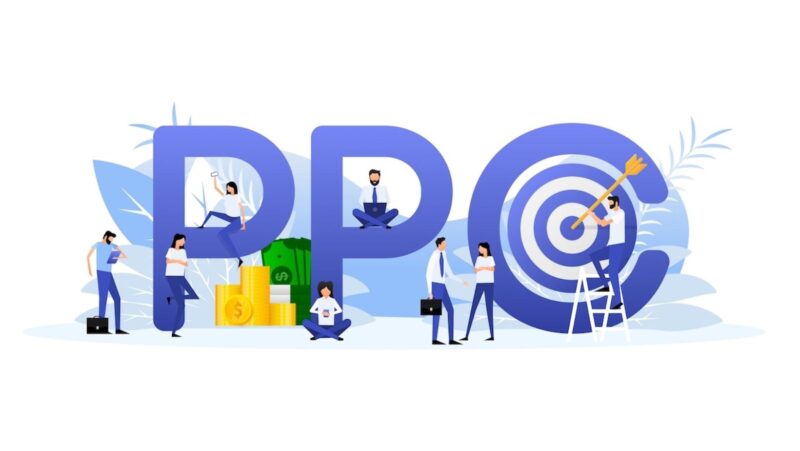
Web3 is the future of the internet and technology, as it shifts from the centralized Web2 system. After years of innovation and development, Web2 became less efficient due to a lack of privacy, risks of fraud and viruses. Although it may be easy to handle and allow users to communicate and find information fast, its centralized features are not relevant to the world anymore.
Here’s where Web3 is introducing a new era of decentralization, user ownership, and censorship-resistant ecosystems. Some of its prominent technologies include artificial intelligence, 3D computer graphics, and blockchain. The latest has been improved considerably with Ethereum’s contribution, a network where developers benefit from smart contracts, dApps, and DAOs to create new technologies. The ETH price also supplied the use of the blockchain as it facilitated transactions and exchanges.
Regardless, Ethereum has the potential to promote Web3 into the mainstream. Here’s how.
Why is Web3 Important?
As we emerge into new eras, the need for an improved internet generation is growing. Although Web 1.0 and Web 2.0 put the base for what we know today as cutting-edge technology, Web3 would unlock superior features for businesses and regular users.
For instance, companies now struggle with security issues as cyberattacks are increasing and more sophisticated. A new approach is needed to safeguard systems and customer data, and Web3 can enhance efficiency and provide transparency and world-class security.
Social media apps might become decentralized in Web3, where users can better control their privacy and data ownership, which is lacking in centralized applications. Decentralized marketplaces are also a way to avoid intermediaries and third parties, therefore lowering costs and increasing transaction efficiency.
How Does Ethereum Improve The Web3?
Ethereum may be the leading blockchain to help Web3 emerge because it holds some of the most essential tools for decentralization. Smart contracts automate agreements when pre-determined conditions are met, allowing systems to get rid of bureaucracy. Decentralized apps offer better security and data ownership, and decentralized autonomous organizations ensure voting is fair and unaltered.

All these features can contribute to faster Web3 adoption as they influence user trust. When various developers have already leveraged a technology, it may offer more accessible ways to introduce it worldwide.
Ethereum Competitors Play An Important Part In The Web3 World
However, Ethereum may have its limitations that are currently managed under the development roadmap. Its infrastructure has been struggling to balance scalability, leading to network congestion, while gas fees are increasing significantly.
At the same time, the technical barriers definitely do not help in handling regulatory uncertainties, which is something that can be solved only at a time when cryptocurrency and blockchain are adopted widely. Considering these aspects, Ethereum’s competitors may overthrow it. However, for those looking to get involved in the cryptocurrency market now, it’s a good time to purchase bitcoin as it remains a dominant player with significant influence in the digital currency space.
Also known as “Ethereum killers,” some of these competitors are less popular but more efficient in handling transaction costs and speeds. Solana, for example, is one of Ethereum’s biggest threats because it leverages PoH (proof-of-history) combined with PoS, which sustains high throughput while managing decentralization and security. Hence, Solana can process much more transactions than Ethereum.
There’s also Cardano, a blockchain-based on a scientific approach that separates its layers and provides enhanced flexibility. It’s also more energy-efficient than Ethereum, even though the Merge reduced its energy consumption by ~99.95%.
And the list doesn’t stop here. Polkadot, Avalanche and Algorand are only a few of the Ethereum killers with the potential to contribute to the Web3 world. Still, due to their lack of popularity, they might not evolve as much as Ethereum.
Challenges In Migrating From Web2 To Web3
Introducing a new internet era isn’t that easy, especially since not all areas leverage the same technology measures. Adopting Web3 would constitute a whole different level of involvement from developers and companies because it would shatter centralization.
The concepts of Web3 are much more complex than everything we’ve ever dealt with. In the beginning, there would be a steep learning curve because smart contracts, cryptographic principles and consensus mechanisms must be understood at the core.
Moreover, as innovative as they are, these technologies must still be maintained consistently. For instance, the code backing smart contracts must be verified frequently to ensure they are secure and not prone to vulnerabilities.

Even dApps are difficult to handle as they require specific design and maintenance due to the need for off-chain and on-chain components. At the same time, they need a user-friendly interface to appeal to users and businesses. Planning upgrades is still crucial, even if they’re decentralized.
Finally, regulatory compliance with security considerations might be the biggest challenge. That’s because legal implications might change based on the reliability of these systems. Although they’re superior to Web2 networks, blockchains, and smart contracts are still exposed to various security threats and vulnerabilities.
Industries That Play With Decentralization
Although we consider an unknown future in which decentralization would rule networks, some industries have approached decentralization and other Web3 concepts to settle the ground for upcoming innovations. For instance, video games have evolved considerably in the past years.
From decentralized video games like Axie Infinity to games that rely heavily on AI, AR, VR and NFTs, we can say that the gaming industry benefits the most from these innovations.
At the same time, the entertainment sector leverages AI and VR in immersive experiences, where users can explore online worlds through superior technology features. Movies are becoming interactive; songs have their NFTs, and artists explore whatever is possible to appeal to the blockchain and crypto audience as it has been steadily increasing.
Still, some of the industries that would benefit from Web3 components would be healthcare, real estate, and supply chains, where massive amounts of data must be better organized and leveraged without compromising user information and exposing it to attacks.
Final Considerations
The future of Web3 is slowly approaching, where decentralization, AI, and automation rule the world and make our lives easier. Ethereum, the second-most popular cryptocurrency and best blockchain on the market, might be the most significant contributor to this change, as it provides various tools for developers to create decentralized applications, organizations, and NFTs. Along with Ethereum, its competitors can also determine the future of decentralization as they ensure cheaper and faster alternatives to Ethereum.












